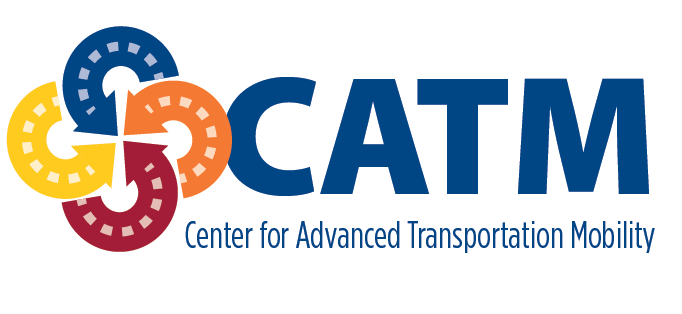Usability of Urban Air Mobility: Quantitative and Qualitative Assessments of Usage in Emergency Situations
Document Type
Article
Publication Date
12-2021
Keywords
urban air mobility, vertiports, natural disasters, scale development, quantitative methods, qualitative methods, emergency response
Abstract
The purpose of these four studies was to determine participants’ willingness to support the use of urban air mobility (UAM) in response to natural disasters, along with the preferred locations to establish vertiports. Study 1 assessed the willingness to support using a mixed factorial design. The findings demonstrated strong, robust support for the use of UAM when responding to natural disasters. Study 2 worked to create and validate a scale that could assess vertiports' current and proposed locations. The Vertiport Usability Scale was developed and shown to have strong psychometric properties to validly assess vertiport locations through a multi-stage process. Study 3 used the Vertiport Usability Scale to understand the most highly preferred locations for vertiports in three conditions from a multi-stage process: temporary disaster locations, permanent disaster locations, and permanent consumer locations. Study 4 was conducted using qualitative methods to complement the earlier quantitative approaches. Through an initial survey and follow-on interview, three themes emerged related to UAM in response to natural disasters and vertiports: 1) human involvement in UAM operations, 2) scenarios for usage, and 3) setup and deployment of vehicles.
Recommended Citation
Winter, Scott R.; Rice, Stephen; Crouse, Sean R.; Vaughn, Austin; and Ragbir, Nadine K., "Usability of Urban Air Mobility: Quantitative and Qualitative Assessments of Usage in Emergency Situations" (2021). Center for Advanced Transportation Mobility. 12.
https://digital.library.ncat.edu/catm/12
Final Report
CATM 2021 Study 1 (03.02.21).xlsx (236 kB)
CATM 2021 Study 2 Stage 1-2 (5.5.21).xlsx (22 kB)
CATM 2021 Study 2 Stage 2-1 (5.24.21).xlsx (117 kB)
CATM 2021 Study 2 Stage 3 (6.11.21).xlsx (32 kB)
CATM 2021 Study 2 Stage 4 (7.13.21).xlsx (8571 kB)
CATM 2021 Study 3 Stage 1 (7.29.21).xlsx (21 kB)
CATM 2021 Study 3 Stage 2 (8.9.21).xlsx (100 kB)
CATM 2021 Study 3 Stage 3 (8.30.21).xlsx (5581 kB)
Study-4-Draft_11.22.21.docx (648 kB)


